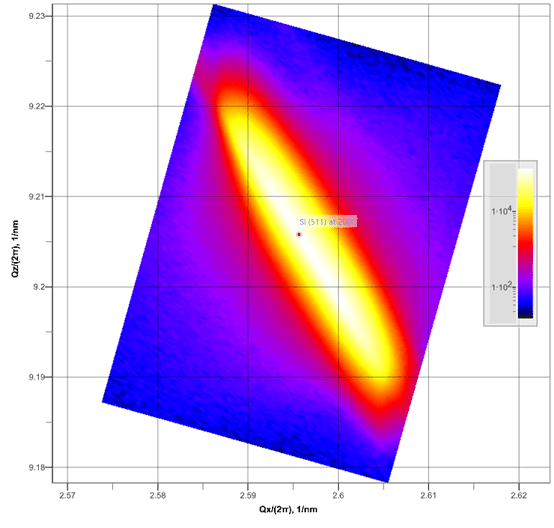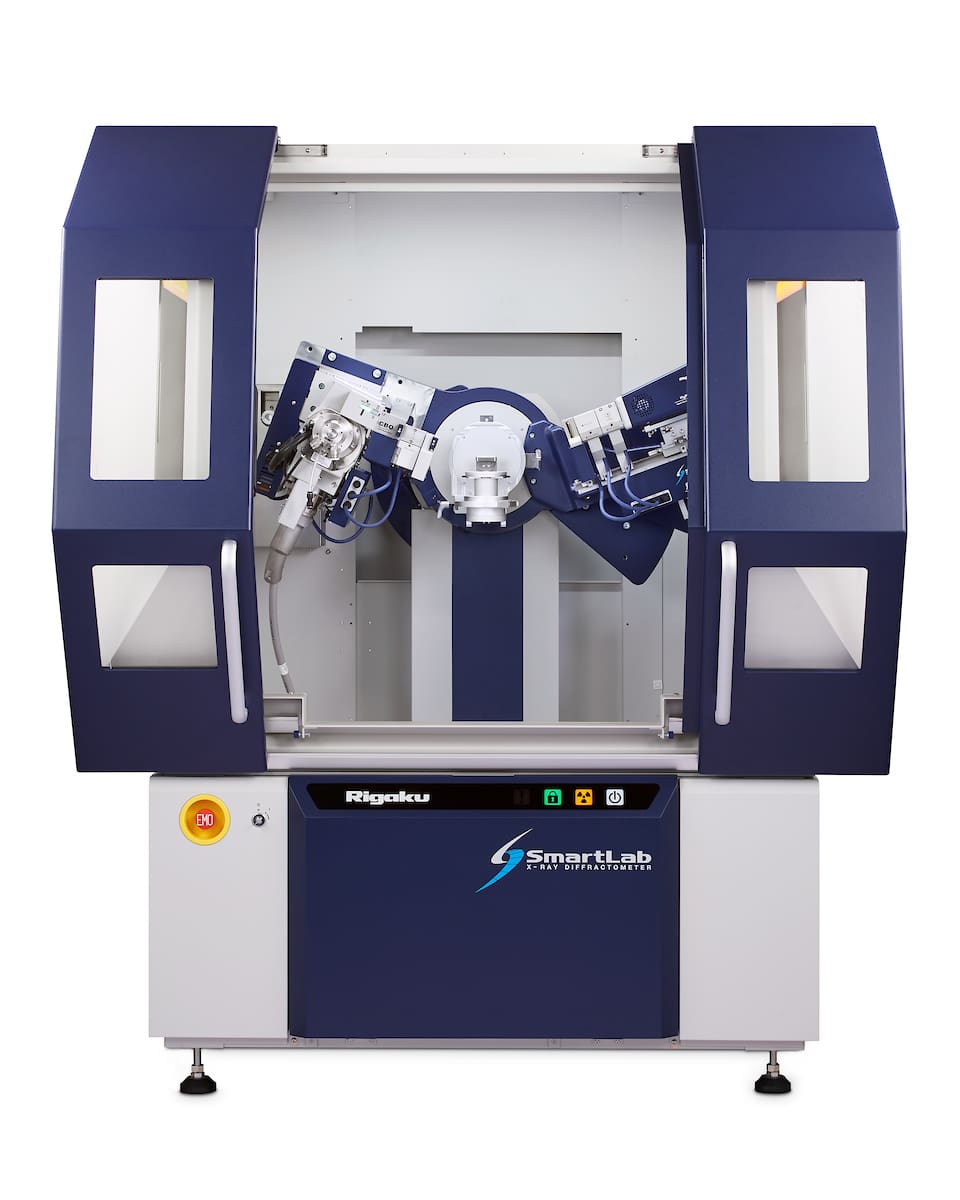X-ray Diffraction (XRD)

X-ray Diffraction (XRD) is a nondestructive analytical technique that can measure the physical and chemical properties of crystalline powders, thin films, epitaxial films, and bulk solid materials.
At Covalent, we use the newest in XRD technology, utilizing a high-brilliance Rotating Anode Cu source, Hypix-3000 Hybrid Pixel Array detector, and a variety of high-resolution optics.
Strengths
- Nondestructive
- Sensitivity to the crystallographic structure
- Quantitatively measures crystalline phase and texture orientation
- Minimal sample preparation required
Limitations
- XRD without a pair distribution function has limited capabilities when applied to amorphous materials
- Elemental composition of the samples should be known in advance



